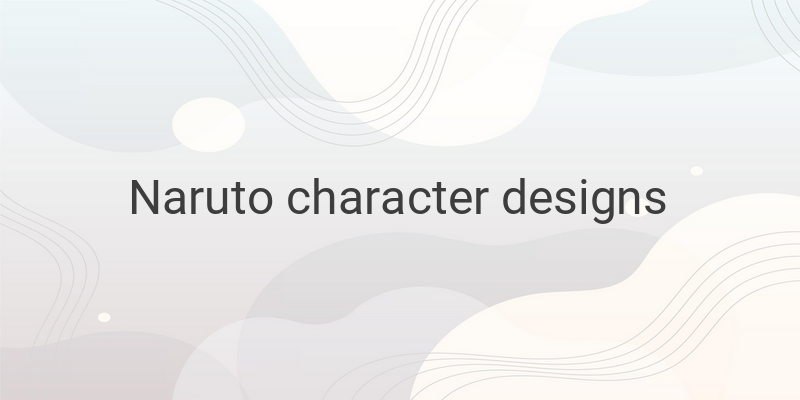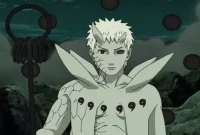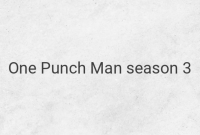When it comes to the beloved Naruto series and its successor, Boruto, one of the most important aspects that captivate fans is the character designs. While Boruto has introduced new and exciting characters, there have been some criticisms regarding the designs of certain Naruto characters in the sequel. In this article, we will delve into the specific flaws of these designs and explore potential improvements that could have been made.
One of the main concerns that fans have expressed is that some Naruto characters’ designs in Boruto are considered less appealing. It is important to note that these design choices were not made by the Boruto anime designers, but rather by the original Naruto creator, Masashi Kishimoto, himself in the manga. However, it is still worth discussing these design flaws and their impact on the perception of the characters.
Let us begin with Shino Aburame, a character known for his cool and mysterious demeanor in Naruto and Shippuden. In Boruto, Shino’s design seems to lack those captivating elements that made him so intriguing. The coolness and mystery that were integral to his character are noticeably absent, resulting in a less engaging portrayal of Shino.
Moving on to Anko Mitarashi, her clothing and appearance in Boruto have drawn mixed reviews. Some fans argue that her design feels too ordinary and fails to capture her previous allure. Additionally, there is a perception that Anko has weakened in terms of strength, which further adds to her diminished appeal. A more distinctive and empowering design could have better showcased her character.
Similarly, Gaara, the iconic Kazekage, has a minor design flaw in Boruto. Many fans agree that his hairstyle would have been more impactful if it resembled his younger self. The current hairstyle lacks the unique charm and symbolism that was associated with Gaara’s earlier appearance. A callback to his past could have enhanced his design in Boruto.
Kankuro, Gaara’s brother, also faces a design issue in Boruto. Under his hood, Kankuro’s seemingly bald head fails to leave a positive impression. A more thoughtful design that addressed this concern would have allowed fans to connect with Kankuro’s character on a deeper level.
Turning our attention to Hinata Hyuga, her manga version in Boruto has been met with criticism due to her unsuitable hairstyle chosen by Mikio Ikemoto. This created an inconsistency in the portrayal of Hinata, and some fans believe that a more fitting hairstyle could have preserved her beloved character more effectively.
Lastly, let’s discuss Konohamaru Sarutobi. While his anime design in Boruto is well-received, his manga design falls short in capturing his character’s essence. Fans argue that his manga design is less suitable for his personality compared to his anime counterpart. A redesign that aligns with his traits and showcases his growth would have made his character more impactful in the manga.
It is important to emphasize that these design flaws were not the result of the Boruto anime designers’ choices, but rather the original manga creator’s decisions. However, they still contribute to the overall perception of the characters in the Boruto series. Design flaws can affect a character’s uniqueness, memorability, and appeal.
In conclusion, the character designs in Boruto play a crucial role in shaping the perception and appeal of the beloved Naruto characters. While the flaws mentioned above were not the fault of the Boruto anime designers, they still impact how fans perceive these characters. The potential for improvement lies in addressing these design issues and incorporating elements that enhance the essence of each character. By creating unique and memorable designs, Boruto can continue to captivate fans and honor the legacy of its predecessor.
What are your thoughts on the character designs in Boruto? Do you agree with the identified flaws and potential improvements? Share your opinions in the comments section below!




